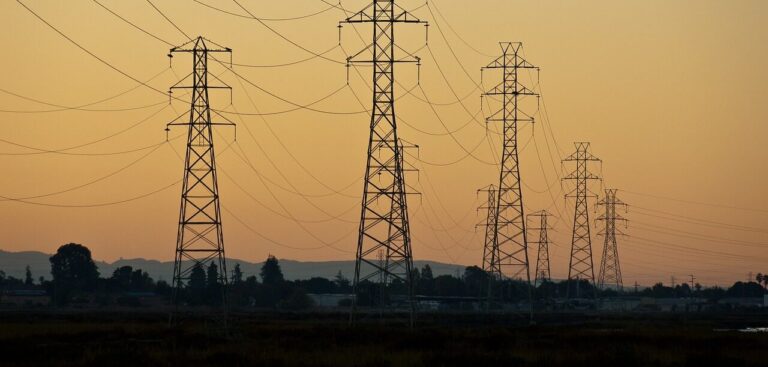Analysis from the US National Oceanic and Atmospheric Administration (NOAA) has shown that US emissions of the greenhouse gas sulfur hexafluoride (SF6) have declined between 2007 and 2018, likely to the mitigation efforts by the Environmental Protection Agency (EPA) and the electric power industry.
At the same time, significant disparities that existed previously between NOAA’s estimates, which are based on atmospheric measurements, and EPA’s estimates, which are based on a combination of reported emissions and industrial activity, have narrowed following the establishment of the EPA’s Greenhouse Gas Reporting Program.
Researchers from NOAA’s Global Monitoring Laboratory (GML), working with the EPA, Cooperative Institute for Research in Environmental Sciences at the University of Colorado Boulder (CIRES) and the University of Maryland, estimated US SF6 emissions for the first time from atmospheric measurements collected at a network of tall towers and aircraft in NOAA’s Global Greenhouse Gas Reference Network.
The researchers provided an estimate of SF6 emissions independent from the EPA’s estimate, which is based on reported SF6 emissions for some industrial facilities and on estimated SF6 emissions for others.
Lei Hu, lead author and federal researcher in GML who was a CIRES scientist at the time of the study, said, “We observed differences between our atmospheric estimates and the EPA’s activity-based estimates. But by closely collaborating with the EPA, we were able to identify processes potentially responsible for a significant portion of this difference, highlighting ways to improve emission inventories and suggesting additional emission mitigation opportunities in the future.”
To view the findings published in the journal Atmospheric Chemistry and Physics, click here.



